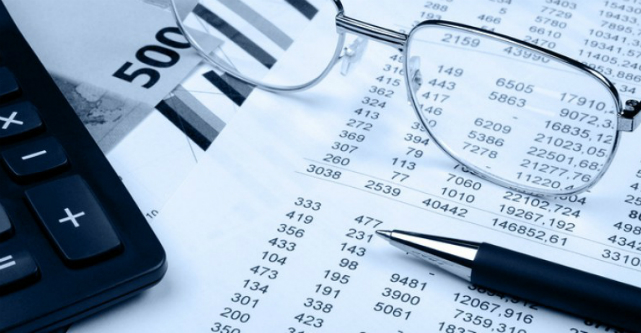
The government’s hard-fought change to the corporate tax rate for small businesses has also altered the definition of “small business” to now include companies with up to $10 million in annual turnover, meaning budget pledges to extend a number of tax concessions to more Australian companies will be realised.
When it unveiled its Ten Year Enterprise Tax Plan in the 2016 federal budget, the government promised to “put small business first” by extending the turnover threshold for a number of tax benefits previously on offer for companies with up to $2 million in annual turnover.
These include access to the immediate asset write-off scheme when investing in items worth up to $20,000, simplified rules around stock takes, the option of accounting for GST on a cash basis, and the opportunity to take up more simplified PAYG processes.
While the changes do not change eligibility for capital gains tax concessions for small businesses, which currently apply to those with a turnover of $2 million or less, they were projected at the time of last year’s budget to extend benefits to 90,000 more Australian businesses.
“Small businesses are the engine room of our economy. They are the home of Australian enterprise and opportunity and they are where many big ideas begin,” the government said in its budget papers last May.
While it’s still unclear whether the changes will mean businesses of up to $10 million in turnover will be able to immediately start claiming the concessions, the government’s tax bill that passed on Friday essentially shifted the definition of small businesses to those with up to $10 million in annual turnover.
In the explanatory memorandum for the legislation, the government said the changes to the law would “allow entities that carry on a business and have aggregated turnover of less than $10 million to access most of the small business concessions in the tax law”.
Council of Small Business Australia (COSBOA) chief executive Peter Strong says while the change in corporate tax rate is a good thing for all businesses, giving more companies access to these concessions also delivers a positive, tangible benefit to growth.
“When it comes to the $10 million mark, we’ve always said the bigger issue was the instant asset tax write off,” Strong says.
“It might not be an awful lot of money, but all of a sudden people are going to say, “You Beauty! I’m now going to invest in this new equipment’ or whatever it is.
“People are buying office equipment, fitouts, new tables and chairs, photocopiers, 3D printers [through that write-off] … they’re really getting out there and going into the new stuff. It’s a really good example of how things should work.”
However, it’s not clear whether the government instant asset write-off scheme will be here to stay for long.
It is due to finish on June 30, 2017, and while Small Business Minister Michael McCormack has previously told SmartCompany he will push to have the plan extended, there is no word from the government on the future of the program in the lead up to the budget.
SmartCompany has contacted the Australian Taxation Office for clarification on when businesses with up to $10 million in turnover will be able to access these tax concessions under the changes, and is waiting for a response.
Never miss a story: sign up to SmartCompany’s free daily newsletter and find our best stories on Twitter, Facebook, LinkedIn and Instagram.


COMMENTS
SmartCompany is committed to hosting lively discussions. Help us keep the conversation useful, interesting and welcoming. We aim to publish comments quickly in the interest of promoting robust conversation, but we’re a small team and we deploy filters to protect against legal risk. Occasionally your comment may be held up while it is being reviewed, but we’re working as fast as we can to keep the conversation rolling.
The SmartCompany comment section is members-only content. Please subscribe to leave a comment.
The SmartCompany comment section is members-only content. Please login to leave a comment.